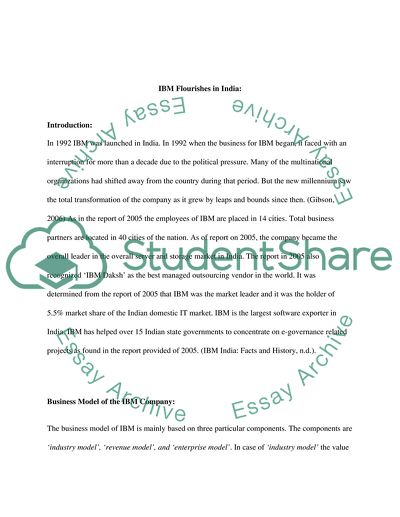Cite this document
(IBM India Facts and History Assignment Example | Topics and Well Written Essays - 2500 words, n.d.)
IBM India Facts and History Assignment Example | Topics and Well Written Essays - 2500 words. Retrieved from https://studentshare.org/marketing/1728708-ibm-flourishes-in-india
IBM India Facts and History Assignment Example | Topics and Well Written Essays - 2500 words. Retrieved from https://studentshare.org/marketing/1728708-ibm-flourishes-in-india
(IBM India Facts and History Assignment Example | Topics and Well Written Essays - 2500 Words)
IBM India Facts and History Assignment Example | Topics and Well Written Essays - 2500 Words. https://studentshare.org/marketing/1728708-ibm-flourishes-in-india.
IBM India Facts and History Assignment Example | Topics and Well Written Essays - 2500 Words. https://studentshare.org/marketing/1728708-ibm-flourishes-in-india.
“IBM India Facts and History Assignment Example | Topics and Well Written Essays - 2500 Words”, n.d. https://studentshare.org/marketing/1728708-ibm-flourishes-in-india.


